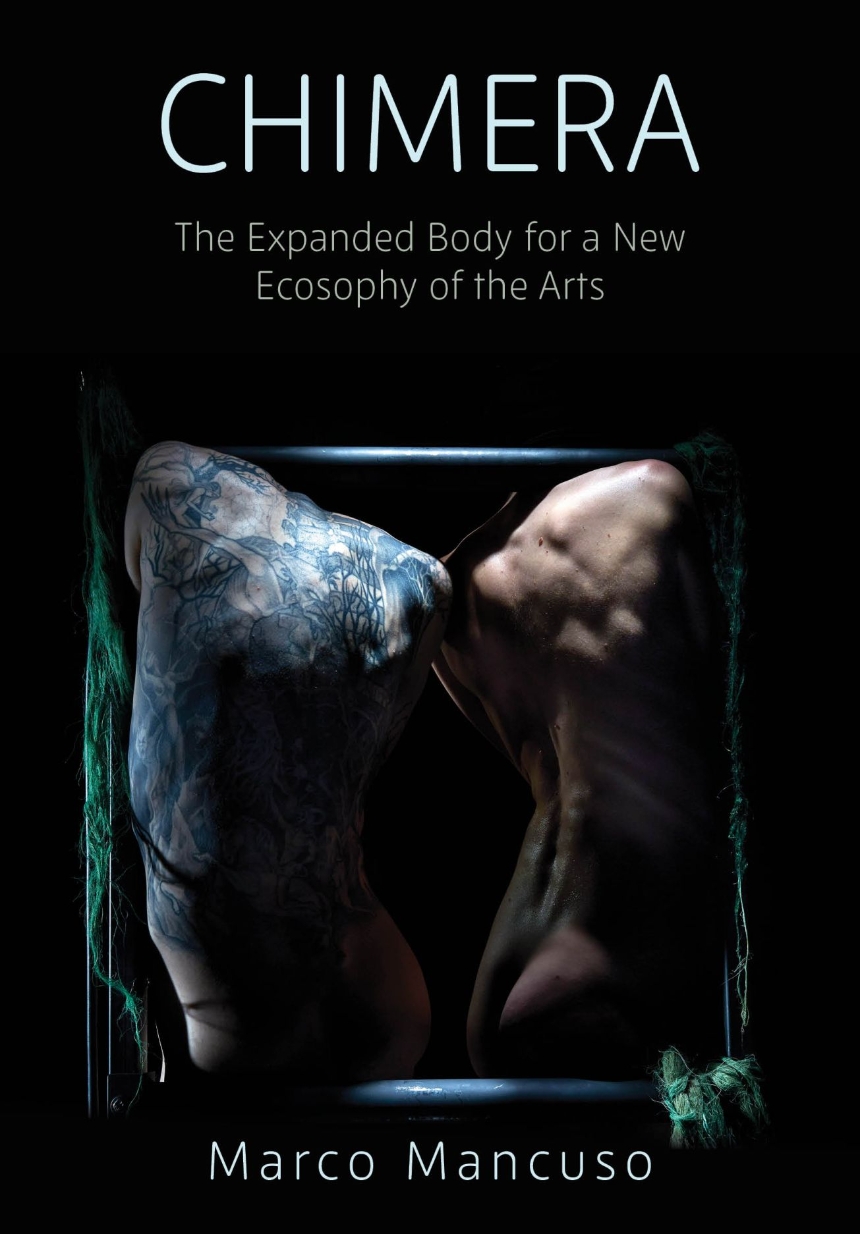Exploring the evolving relationship between the human body, technoscience, and the environment, Chimera introduces the concept of the “expanded body” as a transdisciplinary meeting point between art, design, technology, and science. Through a critical examination of developments such as biomechanics, prosthetics, body hacking, and biotechnology, the book investigates how these innovations alter our bodily, sensory, and cognitive capacities. Providing a unique methodological systematization of the main ecological and posthuman philosophy theories, it argues for a new framework in which the human is deeply entangled with both human and nonhuman elements in a shared environment.
Building on ideas from both past and present—ranging from twentieth-century research to current discussions in neuroscience, design, and media theory—Chimera offers a thoughtful response to common fears about futures driven by technology and science. Instead of imagining a world dominated by machines or centered only on human needs, the book imagines fluid, queer, and nonhierarchical relational models between human bodies and the environment. Essential reading for scholars and students in contemporary art, new media, science and technology studies, and environmental and posthuman studies, Chimera also speaks to a wider audience interested in how technology and science are reshaping our understanding of life, identity, and ethical coexistence.
Table of Contents
Introduction
PART 1 - An Interdisciplinary Investigation of the Human Body
Chapter 1. The Body and Technological-Scientific Research
Companies, institutes and research centres
The investigation of soma: Biotechnology, bodyhacking and nanotechnology
Between senses and the brain: Neuroscience, neural interfaces and artificial intelligence
Chapter 2. The Body in Design, between Organic and Artificial
Embodiment and phenomenology of interaction
Wearable and prosthetic technologies
Bio-inspired design
Chapter 3. The Extended Body of Art
The mechanised human being
Body art between expansions and technoperformance
The post-organic subject
Chapter 4. Between Art, Design, Technology and Science
In the dialogue between disciplines
The contemporary debate
An interrelated and anti-disciplinary vision
Conclusions to Part I
PART 2 - Toward Entangled Thinking: The Body in Dialogue with Context
Chapter 5. From the Human Phenomenon to the Posthuman
The redemption of different: Cyborgs, monsters, companion species and queer bodies
Matter vitalism: Non-human agency between ANT and New Materialism
Causality in the making: New ecologies between Realism and OOO
Chapter 6. Comparing Theories in Technoscience
Manipulation of the living
Design of bodies
Cognitive extension
Chapter 7. The Expanded Body
Morphological, sensory and cognitive properties
The relationship with the context
Aesthetic, design and cultural elements
Conclusions to Part 2
PART 3 - The Expanded Body in the Contemporary Art Scene
Chapter 8. A Multifaceted Scenario
Experimentation and production between art and design
Major international exhibitions and events
Art Industries and production networks
Chapter 9. Media Lab and Hybrid Forms of Knowledge
Interdisciplinary collaborative practices
Shared knowledge and practices
Citizen Lab and community platforms
Chapter 10. Chimera: Practices, Aesthetics and Imaginaries
Frontier artists and designers
Points of contact and divergence for common practice
The Expanded Body for a New Ecosophy of the Arts
Conclusions to Part 3
Acknowledgements
Bibliography

